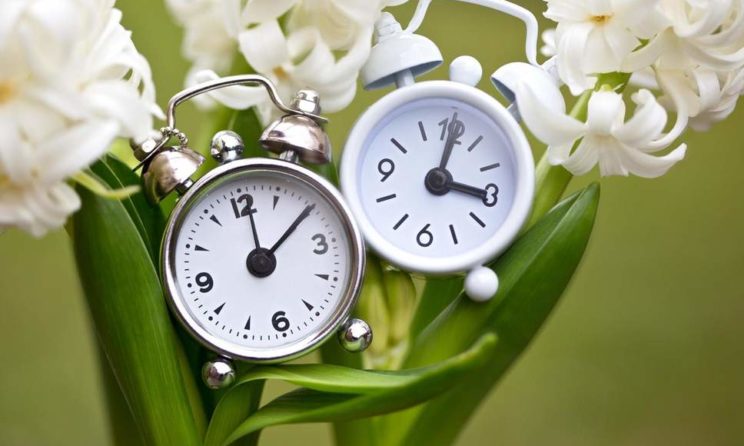
Daylight saving time (DST) also called daylight time in the United States and summertime in the United Kingdom. It is a practice of advancing clocks during summer months so the evening daylight lasts longer. The regions which use daylight saving time adjust clock one hour forward close to the start of spring and adjust them backward in the autumn to standard time.
George Huston brings the idea of daylight saving to the world. in1895. The German Empire and Austria -Hungary organized the first nationwide implementation, starting on Aprail30, 1926.
Daylight Saving Time: Where it is used?
Only a minority of countries uses the idea of DTS. The most area in North America and Europe and some area in the middle east observe daylight saving time., while most areas of Africa and Asia do not. In South America, most countries in the north of the equator do not observe DST. while Paraguay and southern part of Brazil do. Countries near the equator do not use daylight system because the sunrise time does not vary that much which can justify it. Countries away from equator get less daylight time then the countries present in near the equator.
When is daylight saving time in 2019?
Daylight saving time2019 starts on Sunday, March 10, 2019, and ends on Sunday, November 3rd, 2019.
Daylight saving time starts on the second Sunday in March of every year and ends on first Sunday in November. It is observed in all U.S. states except Arizona and Hawaii.
In North America, summertime in Europe is observed from the last Sunday in the march to the last Sunday in October. Only a quarter of the world population lives in countries that observe daylight saving time.
What is the Purpose of Daylight saving time?
The main purpose of daylight saving time is to make better use of daylight. We change our clocks during the summer months to move an hour of the daylight from morning to the evening. According to some sources, In U.S. DST saves energy. It trims the entire country’s electricity usage by a small but significant amount, about one percent. In New Zealand, it decreases electricity usages by 3.5 percent.
It is found that the energy use and the demand for electricity related to the times when people go to the bed to the night and rise to the morning.
Who invented DST?
New Zealand scientist George Vernon Hudson and British builder William Willett invented DST. In 1895, Hudson presented a paper to the Wellington philosophical society, proposing a 2-hour shift forward in October and a 2-hour shift back in March. There was interest in the idea but it was never followed.
In1905, independently from Hudson, British builder William Willet suggested setting the clocks ahead 20 minutes each of the Sundays in April and switching them back by the same amount on each of the four Sundays in September. a total of 8 times switches per year.
Benjamin Franklin, the father of DST?
many sources also suggested Benjamin Franklin with being the first to suggest seasonal time change. However, the idea created by Franklin hardly matches modern DST. In a letter to the editor of the Jornal of Paris, which was entitled as “An economical project for diminishing the cost of light” in which he said that Parisians could economize candle usage by getting people out of bed earlier in the morning.






